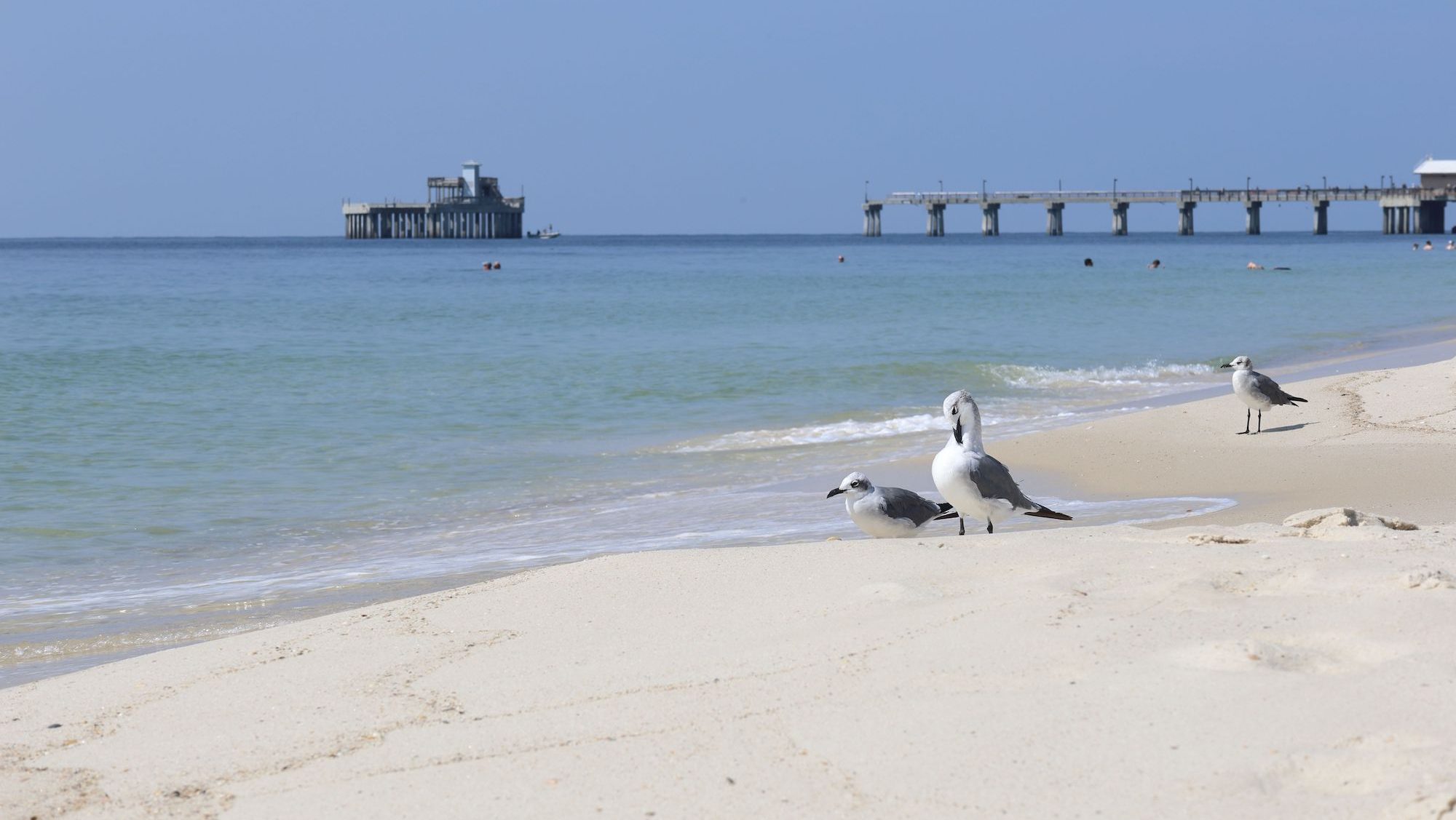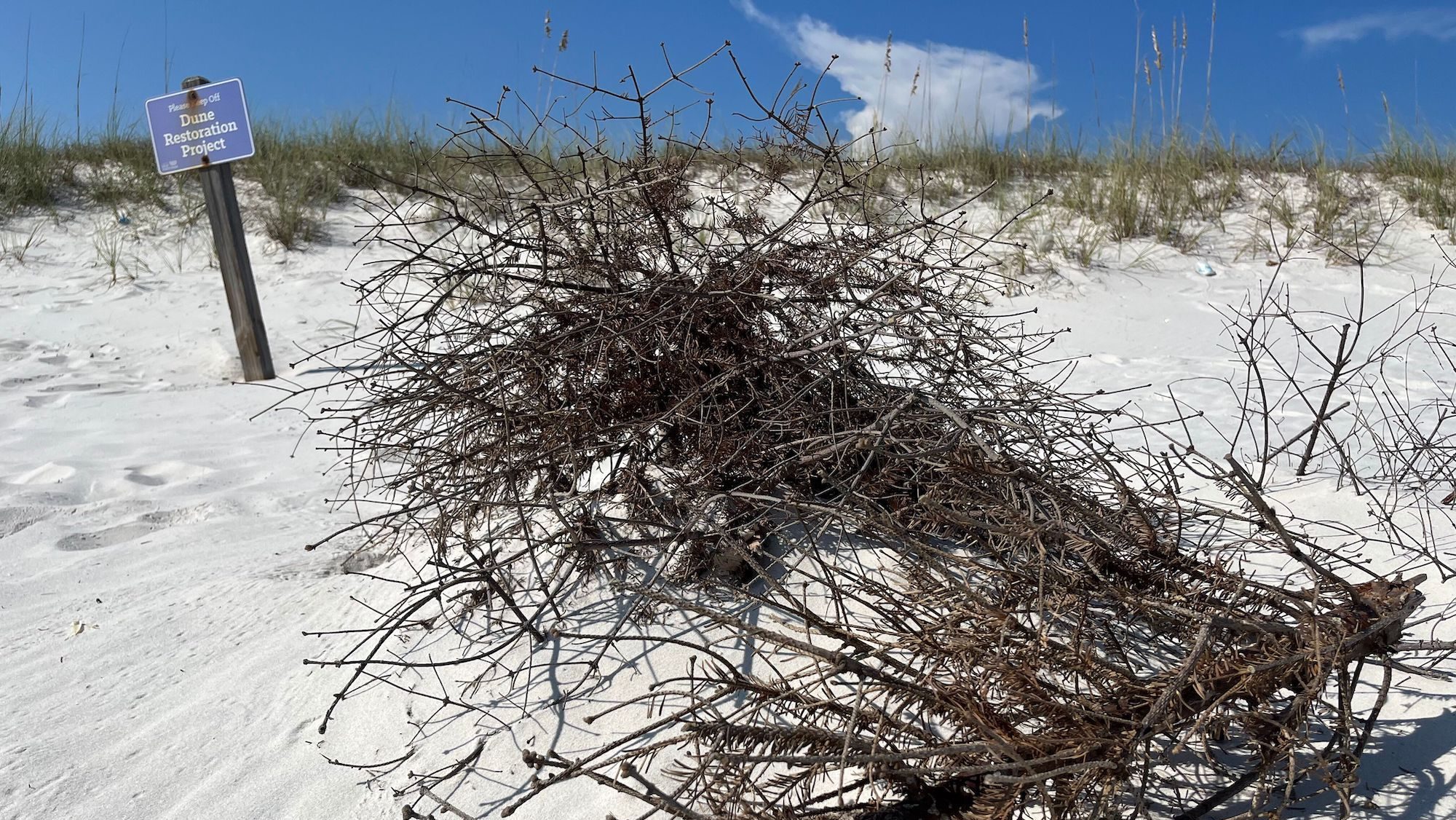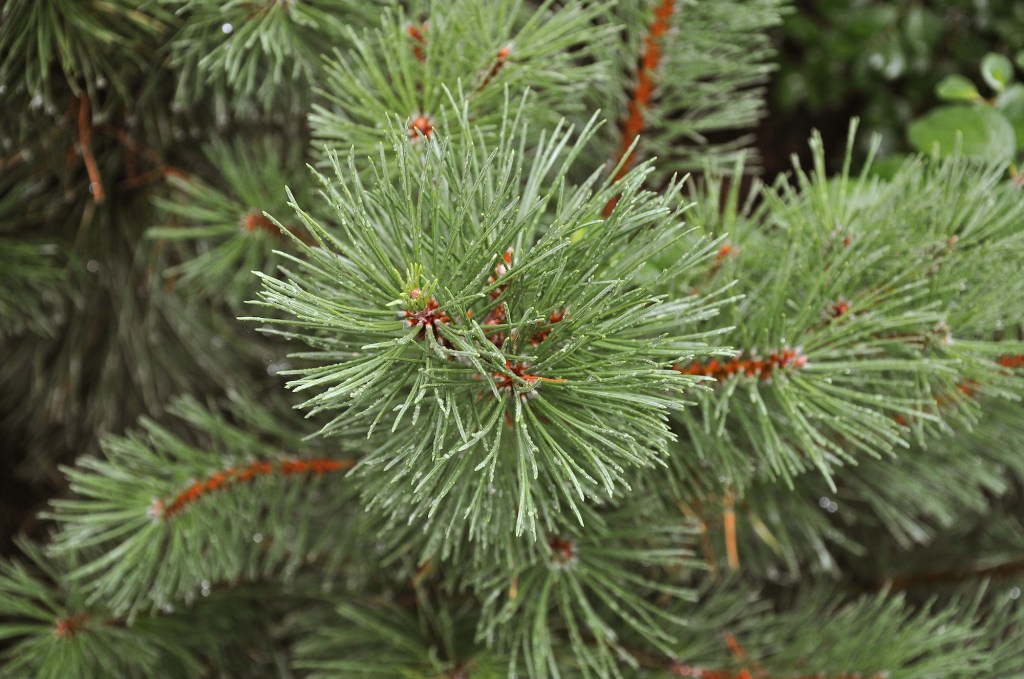Saltwater casually laps the sides of a flat boat made for fishing. A few soft taps of feet in flip-flops on the deck offer a subtle beat between the laps. That’s Sam Glass positioning himself for a long cast. There’s a school of crevalle jack 20 yards out and he’s preparing for hook up. The fly falls on the water. The fish strikes. Glass’s reel zings. Connection made along a short stretch of sandy Alabama coastline.
“With a small coastline comes issues. There’s crowding. There’s a lot of people that have moved to our Gulf Coast,” says Capt. Sam Glass, Flyway Charters owner and guide. “Sight fishing relies a lot on spot. If there’s a flats boat in every spot, it’s going to be kind of hard on a small coastline.”
According to NOAA Alabama has 607 miles of coastline. Of the five Gulf states, only Mississippi has less with 359. Louisiana has the most with 7,721 followed by Florida at 5,095 and Texas at 3,359. In a state with hundreds of beach miles instead of thousands, keeping coast intact is vital.
“All hurricanes change the beach,” says Kelly Reetz, Alabama State Parks natural resource planner and district naturalist. “Sometimes they push sand in on the beach and sometimes they pull sand off the beach. There’s no way to predict it.”
No way to prevent it either, but there is a way to reduce damage. Gulf State Park is a few dozen miles from where Glass is fishing. There’s a pier at the state park that is closed because its midsection is missing. Hurricane Sally stole it in 2020. Pier repairs started in November of this year, but beach restoration happens every year. It’s how the South’s holidays are repurposed.

The Christmas Tree as Barrier
“Christmas trees act as a natural barrier to windblown sand,” Reetz says. “Wind grabs sand and blows inland. Trees knock sand out of the air column and it falls around branches. By putting Christmas trees on the beach, we’re providing structure that is natural and biodegradable that will help grow sand dunes.”
Dead Christmas trees strategically pock the beach in groups of three. They’re arranged in the shape of a horseshoe to catch sand as southeast winds blow. It takes volunteers less than an hour to distribute the donated decor. Three scoops of sand hold the needled-limbs. Three years of blowing sand turn them into dunes.
With up to 400 trees repurposed annually in the last two decades, there are thousands of holiday leftovers keeping Alabama’s coast collected.
“It looks like a healthy dune system,” Reetz says. “I know where all the trees are, but you would say it’s beautiful and wouldn’t know there are trees under there.”

Trees as Compost
You wouldn’t know there are Christmas trees in compost on the other side of the country either, but there are. For two decades, the city sanitation department in Idaho Falls, Idaho has set up Christmas tree drop-off locations around town.
“I’ve worked in solid waste all over the country,” says Jordan Rechenmacher, Idaho Falls sanitation superintendent. “This is the first time I’ve seen a Christmas tree recycling program. It’s pretty cool.”
Rechenmacher started working for Idaho Falls in 2015. The city’s tree recycling program was already well established by then so he continued the effort. Several hundred undecorated, unflocked trees start piling up in designated spots before stores open for day-after-Christmas sales. Those trees go through a chipper then into a two-ton compost pile that festers for three years. Anyone who lives within city limits can request a load of the mulch for their garden for free.
“We’re proud to provide the service and we like that residents utilize it,” Rechenmacher says. “It’s simple. It’s nothing fancy. It takes leg work on our end, but it’s nothing we can’t do. It’s a great little program.”
According to the National Christmas Tree Association, there are more than 25 million real Christmas trees sold annually and more than 4,000 Christmas tree recycling programs nationwide.
Shove those 25 million trees into 4,000 programs and you have 6,250 trees per program. Plenty enough for any repurposing project, including balsams placed in streams for brook trout to utilize as cover in Wisconsin. Others serve the same function at ponds in Kentucky and lakes in Arizona.
While most tannenbaums end up chipped or sunk out of sight, look close at the beach in Gulf Shores, Alabama. Those brown needled sticks that sometimes poke out of the sand used to have presents under them.




If there’s anyone from NYC who interested, please email me as I’m trying to save Plumb and Rockaway beaches.
Thank you for this article. It is heartening to see creative solution finding! Conversely my heart sinks when I read this because I wonder what unmeasured, unknown poison is being added to these beaches from trees potentially laden with pesticides. It is my understanding that this industry is not a closely regulated for chemical application and it is actually not that easy to find organic Christmas Tree farms. Our city has begun burning them because of worry what the composted results might contain (including of course the hitchhiking insect pests & fungus as well). So I resignedly put our tree out at curbside instead of my back yard and have no further plans to support the industry unless a more ecology supportive choice should arise.